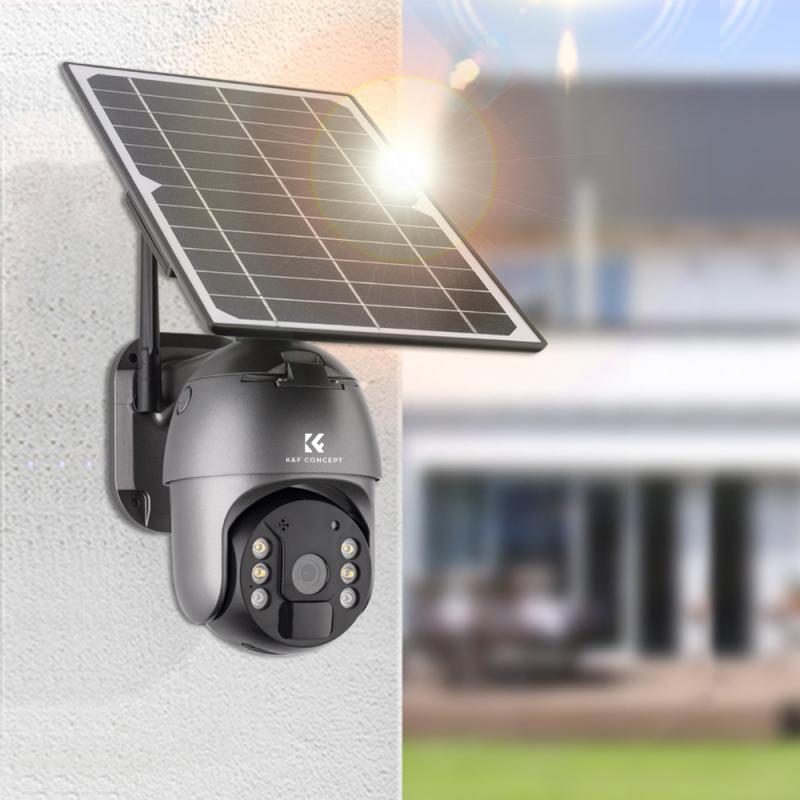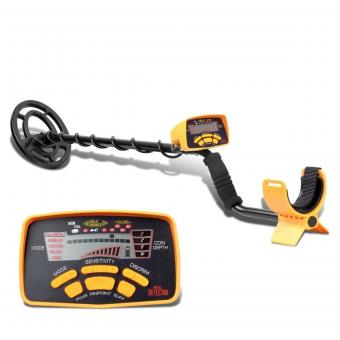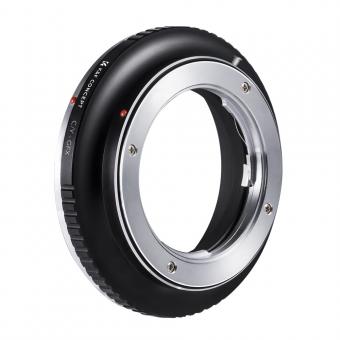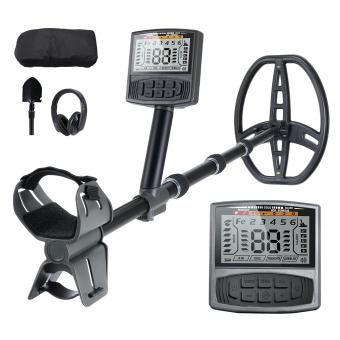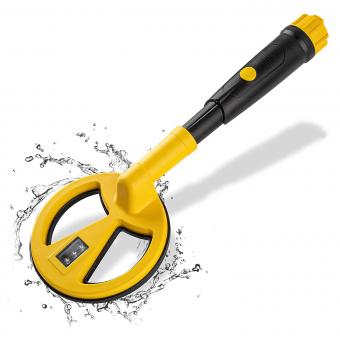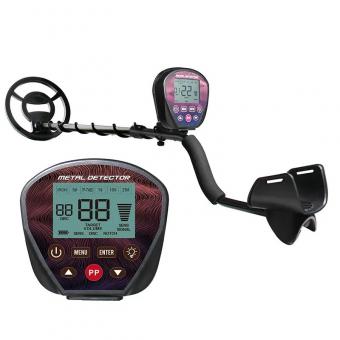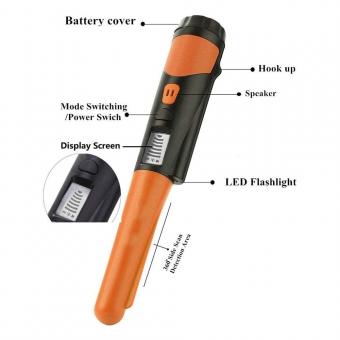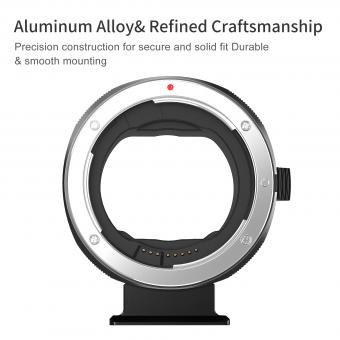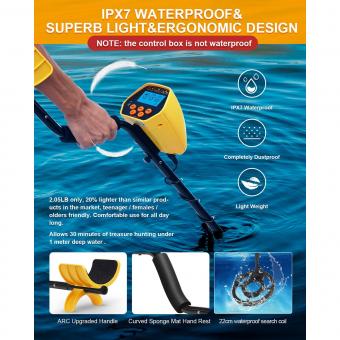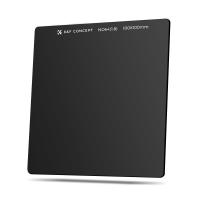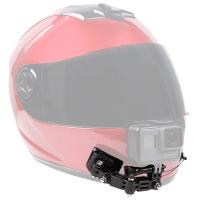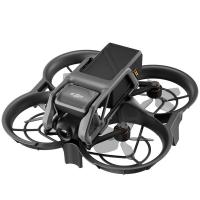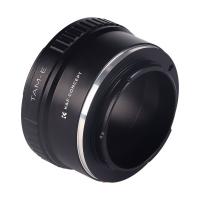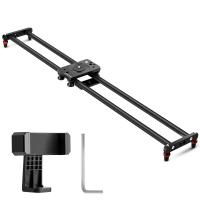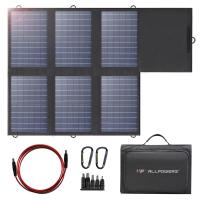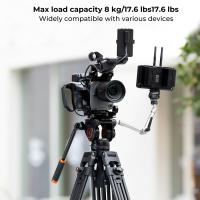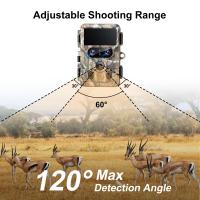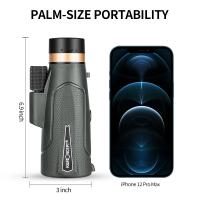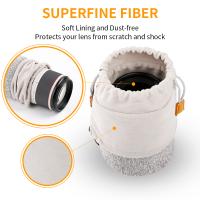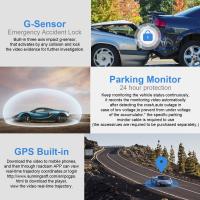How Far Can Metal Detectors Detect ?
The detection range of metal detectors can vary depending on various factors such as the type and size of the metal object, the sensitivity settings of the detector, and the environmental conditions. In general, handheld metal detectors can detect metal objects at a range of a few inches to a foot, while larger walk-through metal detectors used in security screening can detect metal objects at a range of several feet. However, it is important to note that the detection range can be affected by factors like the composition of the soil or the presence of other objects or materials that may interfere with the detection process.
1、 Detection depth limitations of metal detectors in various environments.
The detection depth limitations of metal detectors can vary depending on various factors such as the type of metal being detected, the size and shape of the object, the sensitivity of the detector, and the environment in which the detection is taking place.
In general, metal detectors can detect metal objects at varying depths ranging from a few inches to several feet. However, it is important to note that the depth at which a metal detector can detect an object is not always the same as its maximum detection depth. The maximum detection depth refers to the deepest point at which the detector can detect a metal object, but the actual detection depth may be shallower due to factors such as soil conditions, mineralization, and interference from other objects.
In highly mineralized soil or environments with a high concentration of minerals, the detection depth of metal detectors may be reduced. This is because the minerals in the soil can create electromagnetic interference, making it more difficult for the detector to accurately detect metal objects.
Recent advancements in metal detector technology have led to improvements in detection depth. Manufacturers have developed detectors with increased sensitivity and advanced signal processing algorithms, allowing for deeper detection capabilities. Additionally, some detectors now offer multiple frequency options, which can enhance detection depth in certain environments.
It is important to note that while metal detectors can provide an estimate of the depth at which an object is buried, the actual depth may vary depending on factors such as the size and shape of the object, as well as the orientation in which it is buried. Therefore, it is always recommended to use metal detectors as a tool for locating metal objects and to use additional methods such as digging or excavation to confirm the exact depth and location.
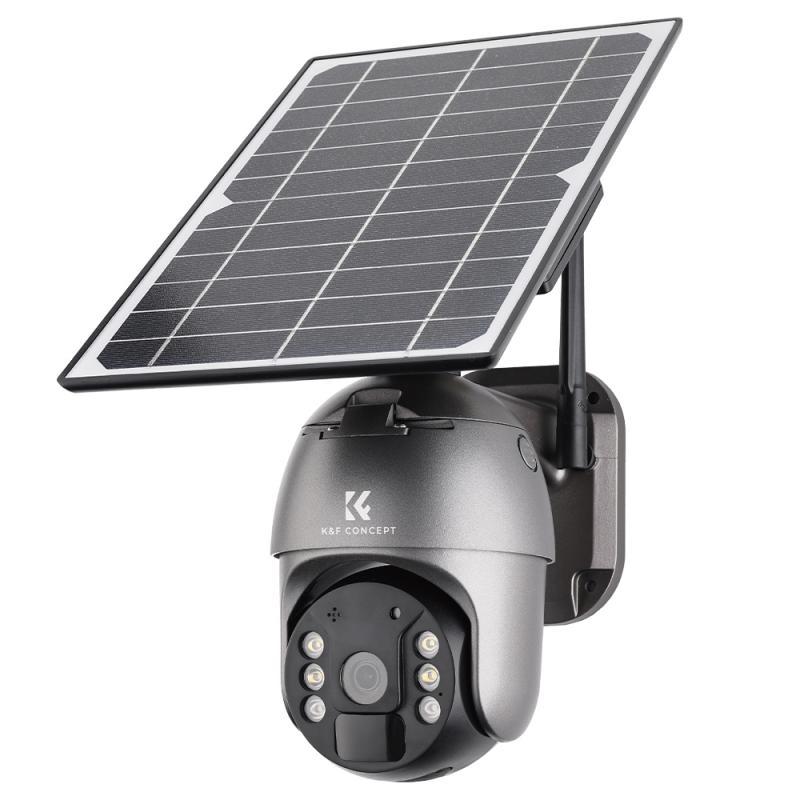
2、 Factors influencing the maximum detection range of metal detectors.
Factors influencing the maximum detection range of metal detectors include various technical aspects and environmental conditions. Metal detectors are designed to detect metallic objects by generating a magnetic field and measuring the disturbance caused by the presence of metal. However, the maximum detection range can vary depending on several factors.
Firstly, the size and composition of the metal object play a significant role. Larger and denser objects are easier to detect at greater distances compared to smaller or lighter ones. For example, a metal detector may be able to detect a large weapon or tool at a distance of several feet, while smaller objects like coins or jewelry may only be detectable within a few inches.
Secondly, the sensitivity and power of the metal detector are crucial factors. Higher-powered detectors with greater sensitivity can detect metal objects at greater distances. Advanced technologies, such as pulse induction or multi-frequency detection, have improved the detection range of metal detectors in recent years. These advancements have allowed for deeper detection of larger objects.
Additionally, the type of soil or environment in which the metal detector is being used can affect its detection range. Highly mineralized soil, such as those found in certain areas with high iron content, can reduce the detection range. Similarly, wet or salty environments can also impact the performance of metal detectors.
It is important to note that the maximum detection range of metal detectors is not a fixed value. Manufacturers often provide estimates based on ideal conditions, but real-world performance can vary. The skill and experience of the operator also play a role in maximizing the detection range.
In conclusion, the maximum detection range of metal detectors is influenced by factors such as the size and composition of the metal object, the sensitivity and power of the detector, and the environmental conditions. Technological advancements have improved the detection range in recent years, but it is important to consider these factors when using metal detectors in different settings.
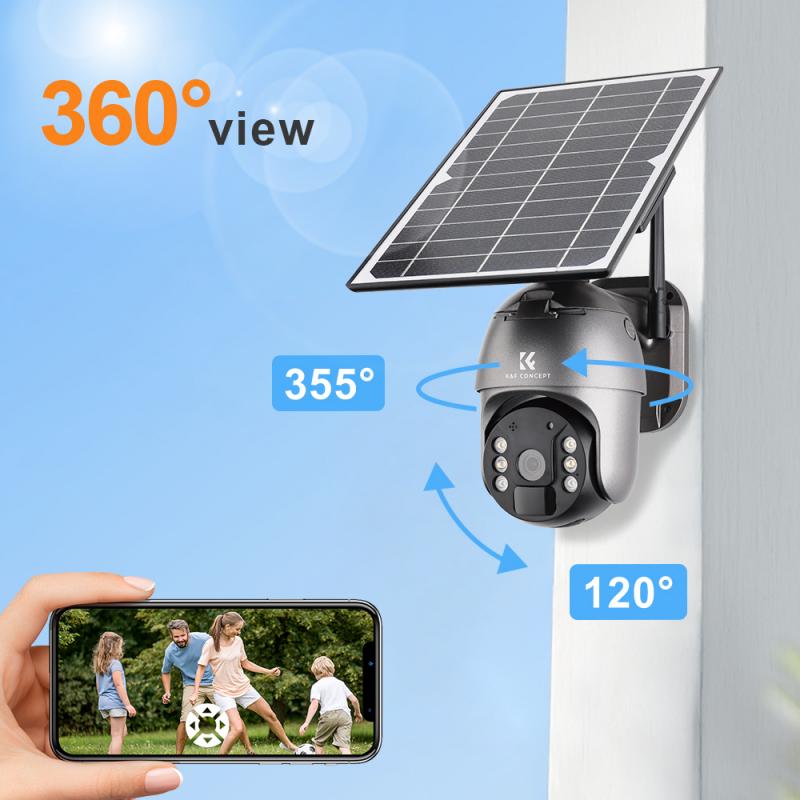
3、 Advances in technology enhancing the detection capabilities of metal detectors.
Advances in technology have significantly enhanced the detection capabilities of metal detectors over the years. Metal detectors are devices that use electromagnetic fields to detect the presence of metal objects. They are commonly used in various industries, including security, archaeology, and mining.
In terms of how far metal detectors can detect, it depends on several factors such as the size and composition of the metal object, the sensitivity of the detector, and the environmental conditions. Generally, metal detectors can detect metal objects at varying depths, ranging from a few inches to several feet underground.
Traditional metal detectors operate using a single frequency, which limits their detection capabilities. However, recent advancements in technology have led to the development of multi-frequency and pulse induction metal detectors. These detectors can operate at multiple frequencies simultaneously, allowing for improved detection of different types of metals and increased depth penetration.
Additionally, modern metal detectors often come equipped with advanced features such as ground balancing, target identification, and discrimination. Ground balancing helps eliminate interference from mineralized soil, improving the accuracy of the detection. Target identification and discrimination features enable users to differentiate between different types of metals, reducing false alarms and increasing efficiency.
Furthermore, the use of digital signal processing (DSP) technology has revolutionized metal detection. DSP allows for real-time analysis of signals, enhancing the detection capabilities and providing more accurate target identification. This technology has also enabled the development of advanced imaging systems that can create detailed 3D images of buried objects, providing valuable information for archaeologists and researchers.
In recent years, there have been further advancements in metal detection technology, such as the use of artificial intelligence and machine learning algorithms. These technologies can analyze vast amounts of data and improve the accuracy and efficiency of metal detection systems.
In conclusion, advances in technology have greatly enhanced the detection capabilities of metal detectors. With the development of multi-frequency and pulse induction detectors, advanced features, digital signal processing, and the integration of artificial intelligence, metal detectors can now detect metal objects at varying depths and provide more accurate target identification. The continuous advancements in technology will likely further improve the capabilities of metal detectors in the future.
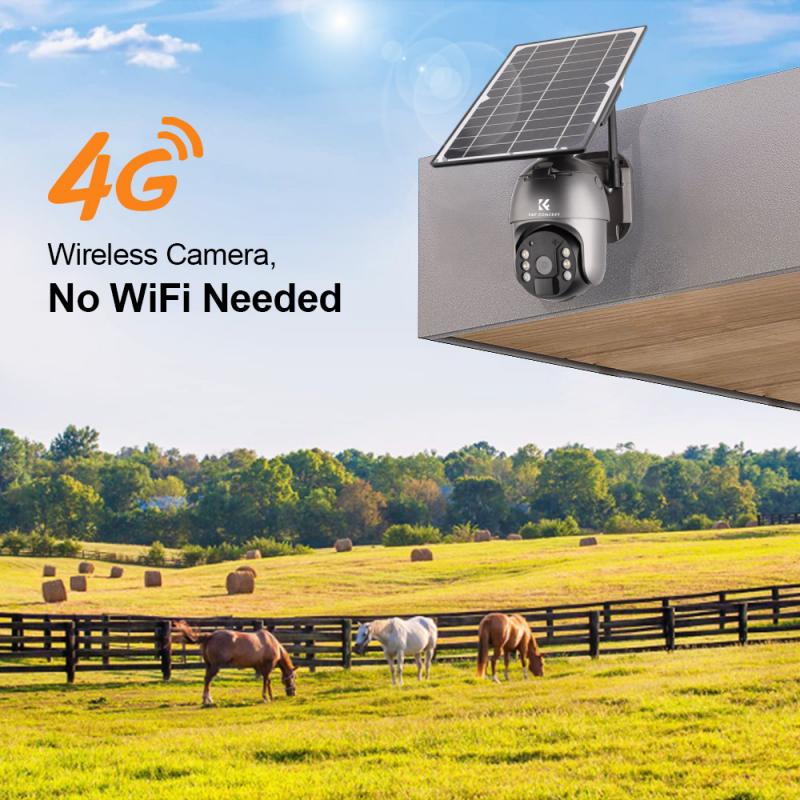
4、 Challenges in detecting specific types of metals with metal detectors.
Metal detectors are widely used in various industries and security settings to detect the presence of metallic objects. However, the range at which metal detectors can detect metals depends on several factors.
In general, metal detectors can detect metals at varying distances depending on the size, shape, and composition of the metal object. Larger objects with a higher metal content can be detected at greater distances, while smaller or less metallic objects may only be detected at closer ranges. The sensitivity and power of the metal detector also play a role in determining the detection range.
The detection range of metal detectors can vary from a few inches to several feet. For example, handheld metal detectors commonly used in security screenings can detect metallic objects within a range of a few inches to a foot. On the other hand, industrial metal detectors used in mining or construction can detect metals at greater depths, ranging from a few feet to several meters.
Challenges arise when trying to detect specific types of metals with metal detectors. Some metals, such as aluminum or stainless steel, can be more challenging to detect due to their low magnetic properties. This can result in reduced detection range or even false negatives. Manufacturers are continuously working on improving the technology to overcome these challenges and enhance the detection capabilities of metal detectors.
In recent years, advancements in metal detection technology have led to the development of more sensitive and accurate metal detectors. These detectors utilize advanced algorithms and signal processing techniques to improve detection capabilities. Additionally, the use of multiple frequencies and advanced coil designs has also contributed to better metal detection performance.
In conclusion, the detection range of metal detectors can vary depending on various factors such as the size, shape, and composition of the metal object, as well as the sensitivity and power of the metal detector. Challenges exist in detecting specific types of metals, but advancements in technology continue to improve the detection capabilities of metal detectors.
